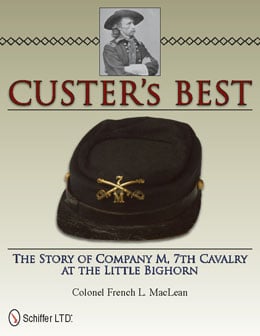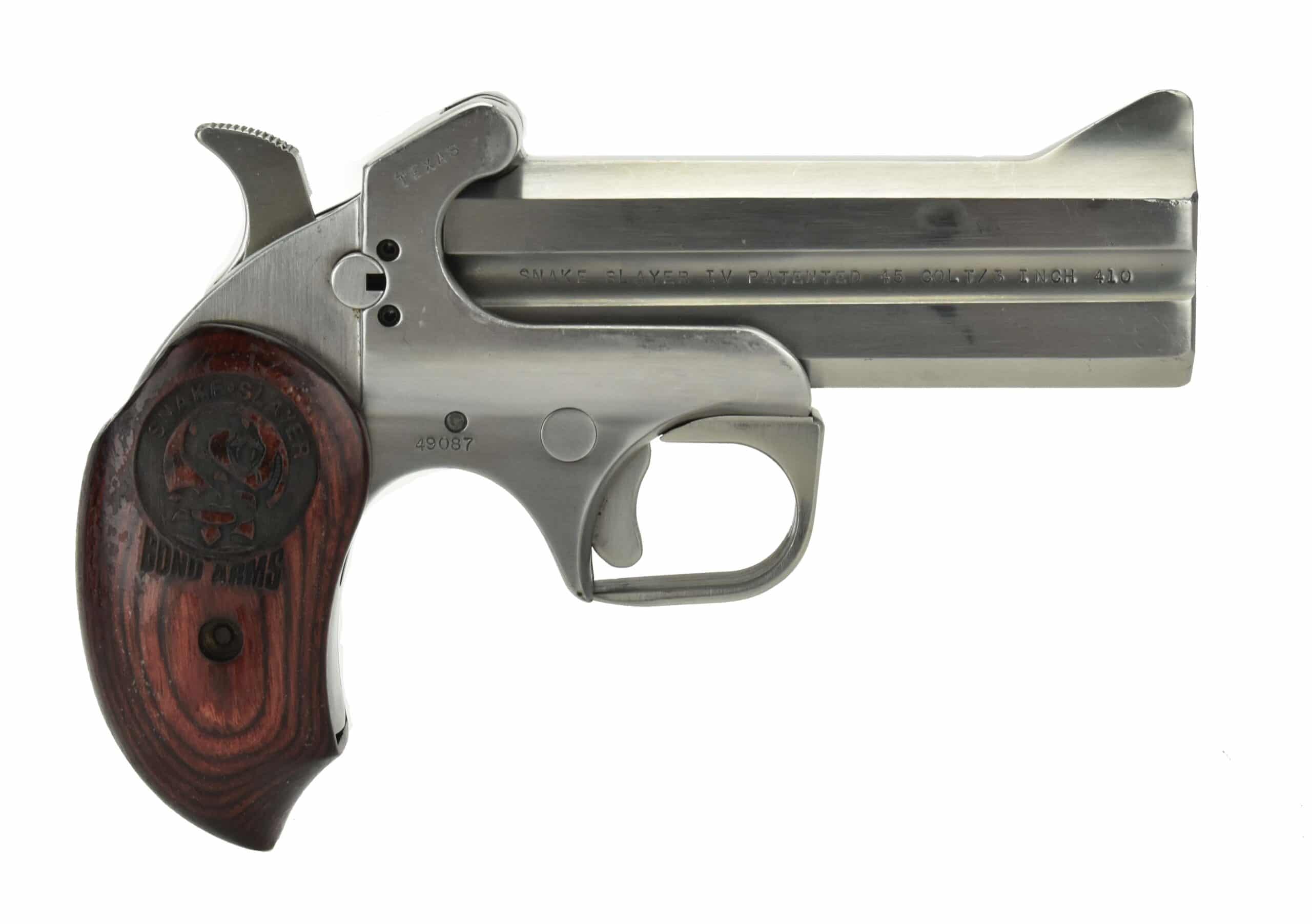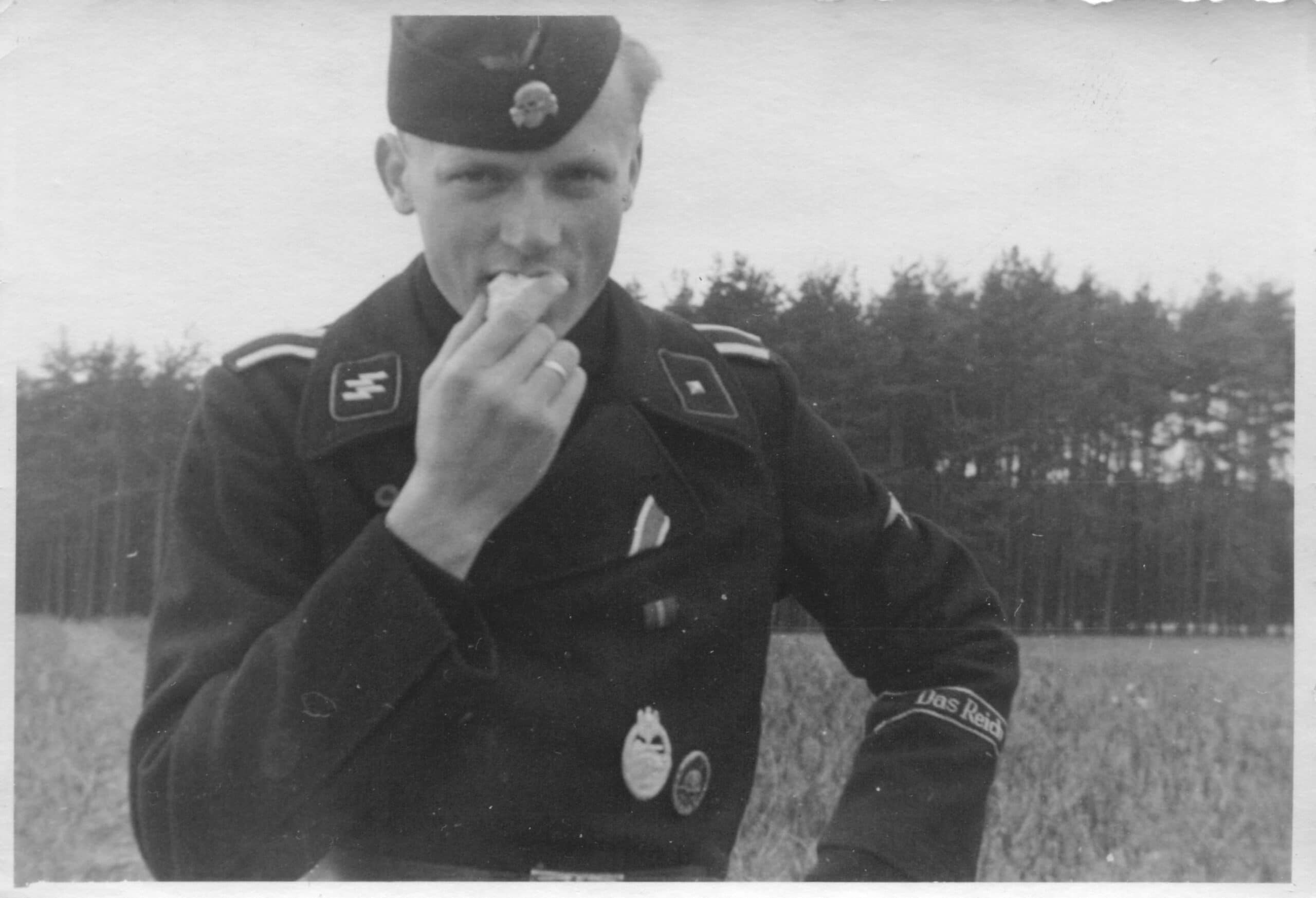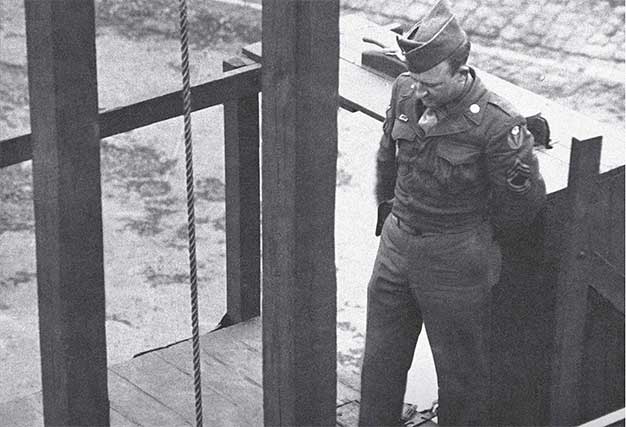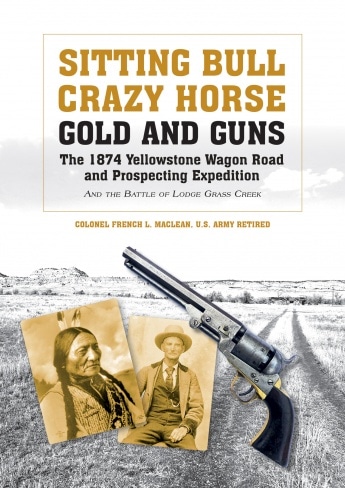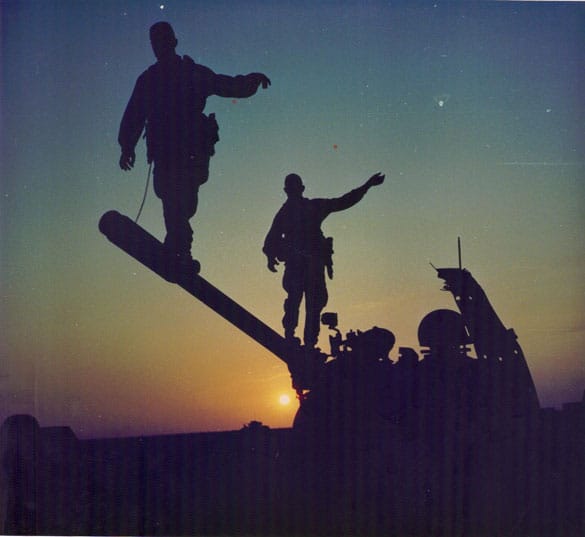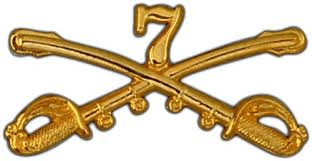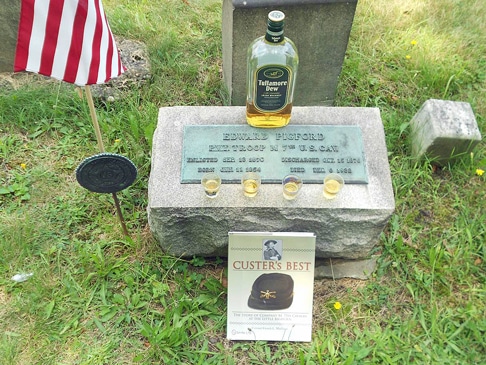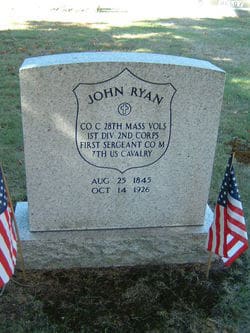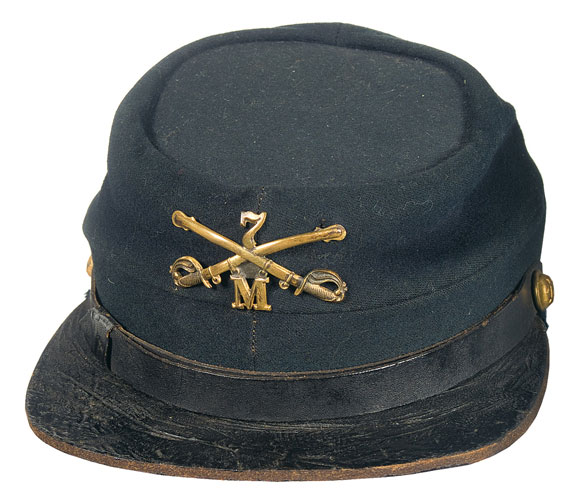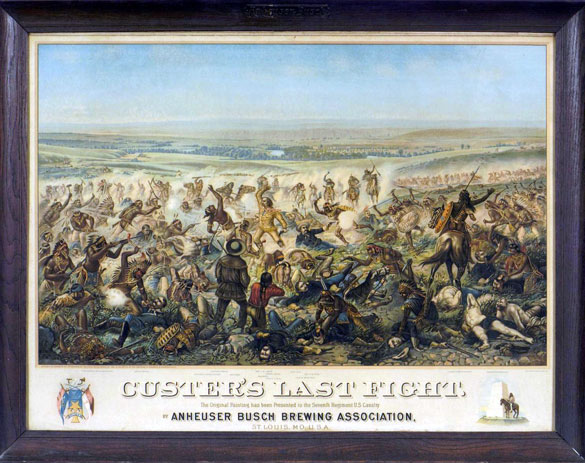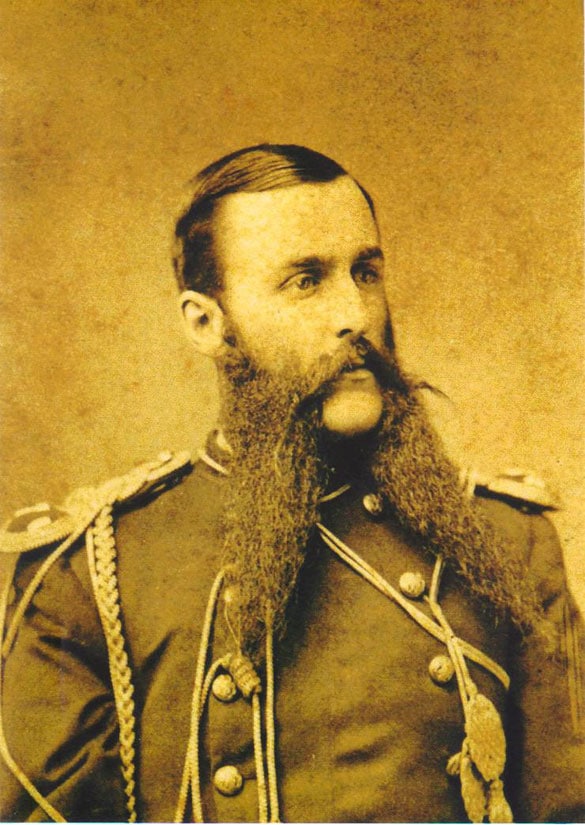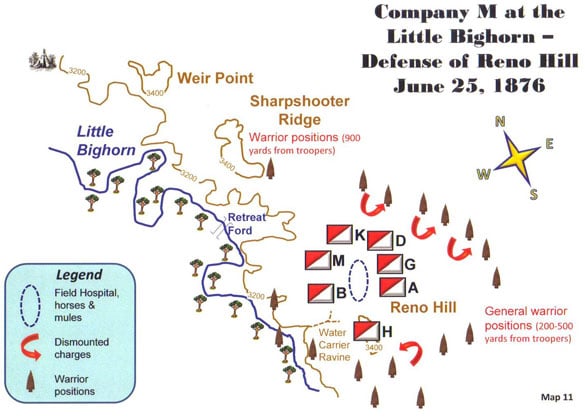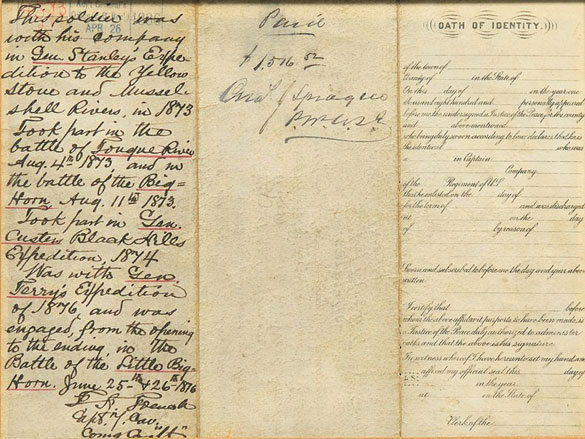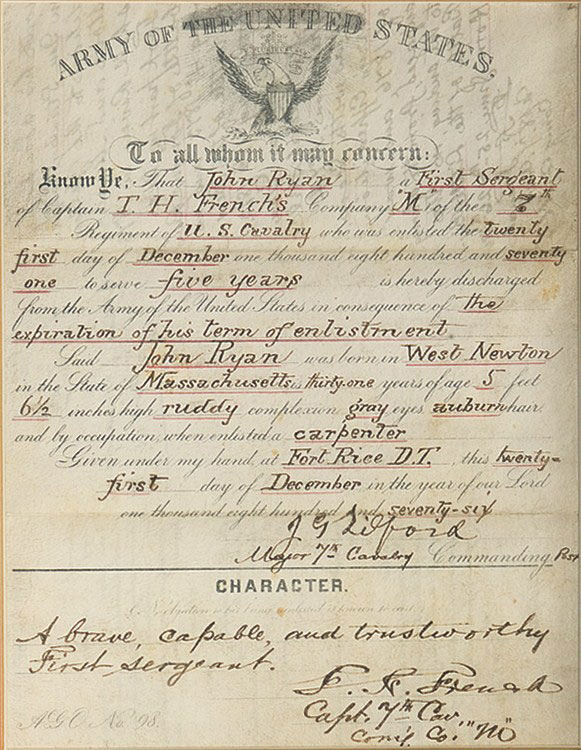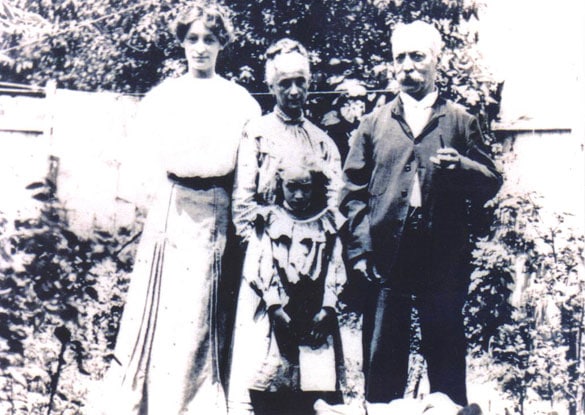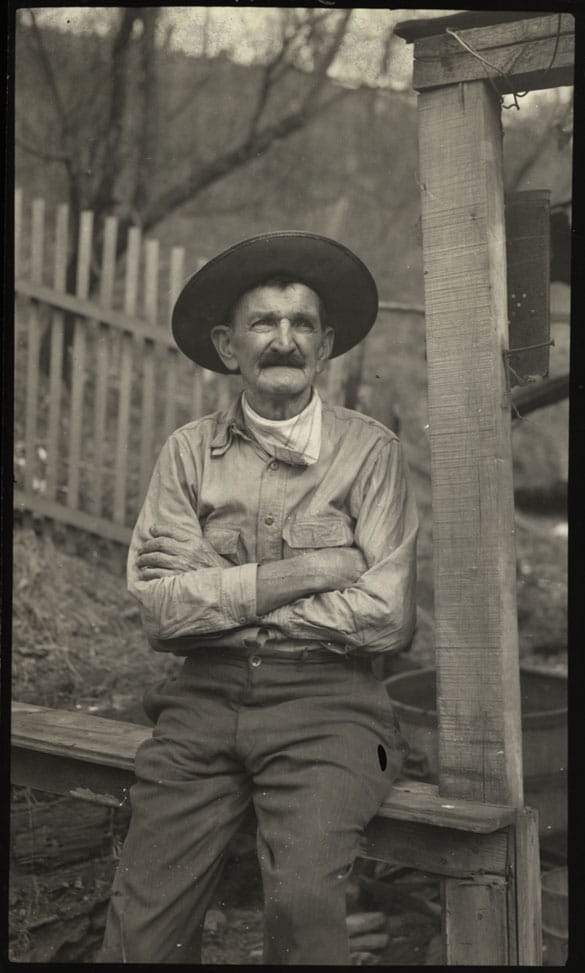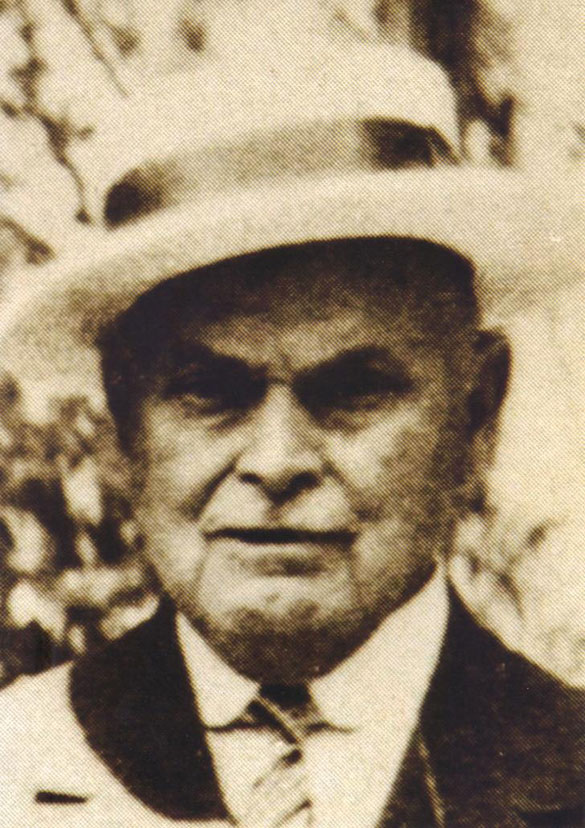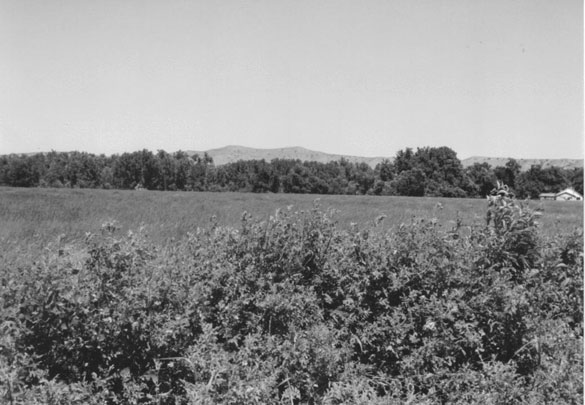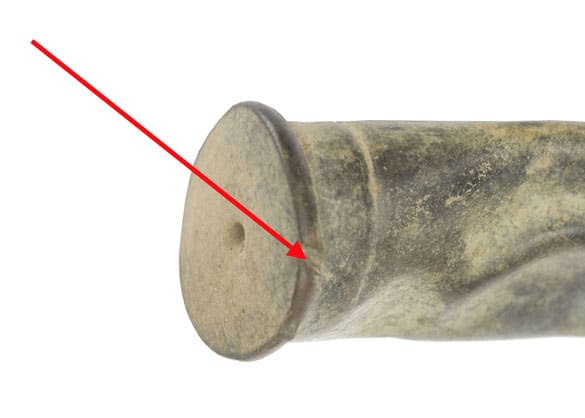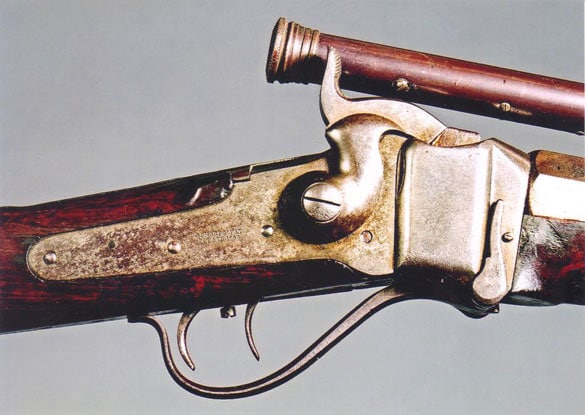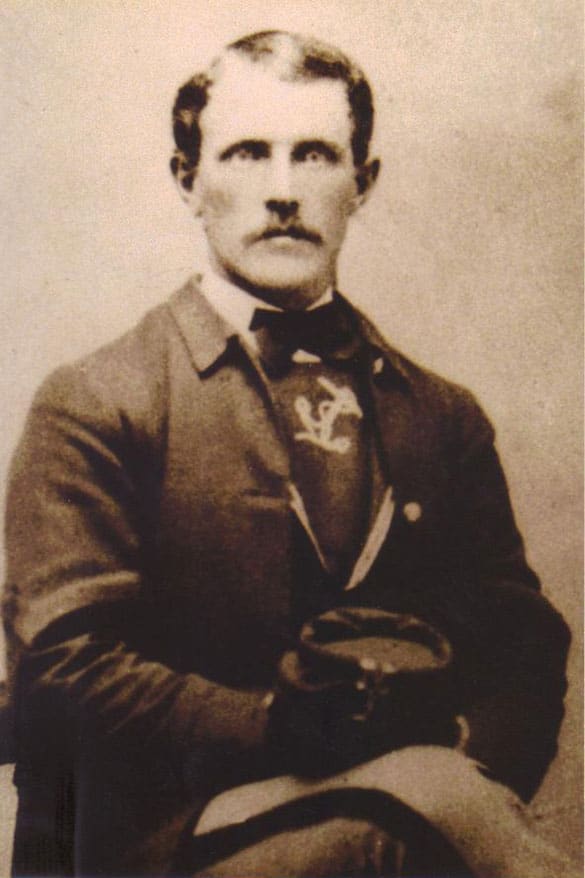The story of George Custer’s best cavalry company at the Battle of the Little Bighorn – Company M. With a tragically-flawed, but extremely brave, Company Commander and a no-nonsense First Sergeant, Company M maintained a disciplined withdrawal from the skirmish line, saving Major Marcus Reno’s entire detachment from annihilation. After the battle, when Captain Thomas French submitted his entire company for awards to Frederick Benteen, his senior, Benteen – aghast at the effrontery of such a request – asked the company commander for clarification and received French’s historic retort: “All or none.”
***
The inside story George Custer’s best cavalry company at the Little Bighorn.
Company M of the 7th U.S. Cavalry
In 1870, two Company M troopers got in a bar-fight in Kansas with the legendary “Wild Bill” Hickok, who killed one and seriously wounded the other; Hickok then skedaddled out of town before the rest of the company could return and take vengeance.
In 1874, the Company M blacksmith shoed government scout “Lonesome Charlie” Reynolds’ horse backward, so when the trailblazer rode alone through 90 miles of hostile territory with news of gold discovered in the Black Hills, enemy warriors could not track him.
In April 1876, Company M’s first sergeant, a Civil War veteran of Fredericksburg and Gettysburg, was court-martialed for hanging a private by his wrists off the ground with a leather strap and busted to private himself, but was restored to his rank days before the Little Bighorn campaign.
In 1876, two Company M troopers, after the campaign, deserted to prospect for gold in the Black Hills and Alaska.
A year after the battle, one Company M trooper shot and killed another during a poker game at Montana Bill’s Ranch.
In 1877, the Army discharged one of Company M’s troopers after the battle, as a “private of worthless character,” but he went on to become a New York politician and a district judge in the Bronx.
In 1882, Company M’s commander died just five years after the battle, at age 39 – probably of acute lead poisoning.
The Company M commander and the first sergeant had perhaps the most accurate weapons of the entire regiment and were deadly shots.
A Company M trooper, nicknamed “Crazy Jim,” was so wild that he killed, skinned and ate rattlesnakes; and then wore the skins around his neck!
In the heat of the battle, one Company M trooper mistook a friendly Arikara Indian Scout for a Lakota warrior and shot him in the wrist.
The Company M first sergeant and the commander maintained a disciplined withdrawal from the skirmish line fighting that probably saved Major Marcus Reno’s entire detachment from annihilation.
A Company M trooper, carrying water for his wounded comrades on Reno Hill, told a captain from another company to “Go to Hell,” when the officer asked for a drink.
No members of Company M received the Medal of Honor, when at least ten troopers deserved the decoration.
The unpublished diary of one of Company M’s sergeants, obtained by a researcher three years after the soldier’s death, revealed that many of the officers in Reno’s detachment were drunk from almost the start of the battle.
Nicknamed: “Tucker,” “Bible-Thumper,” “Paddy,” “Barney,” “Patsy,” “Bounce,” “Cully,” “Harrison,” “Snopsy,” “Tinker Bill,” “Dan,” “Frank,” “Frenchy,” “Henry,” Crazy Jim,” “Big Fritz,” “Sandy,” “Bill,” “Jim,” “Jack,” “Tom” and “Happy Jack” – when the going got tough at the Little Bighorn, Company M’s troopers fought for each other.
Over 220 photographs, 15 maps and 239 pages. (Schiffer Publishing)
Custer’s Best: The Story of Company M, 7th Cavalry at the Little Bighorn (auf English, 220 Fotografien, 15 Landkarten, 239 Seiten.) Geschichte einer (Kompanie M) der zwölf Kavallerie Kompanien in die U.S. siebte Kavallerie-Regiment in der Schlacht für die Little Bighorn 1876. Lebenslauf allen 60 Soldaten. Organisation, Taktik, Ausrüstung, Personnen und Waffen. Schiffer Verlag.
Winner of the Little Bighorn Association, John M. Carroll Award in August 2012 for the best annual book of George Custer or the Little Bighorn.
Comments on Custer's Best
“Your detailed account of Company M thoughtfully dissects the myths associated with the Battle of the Little Bighorn, while highlighting the bravery of the Soldiers that survived those tough Days. The story you told of Company M, 7th Cavalry – the unvarnished truth of heroism, tragedy and personal strife – a good read for any professional Soldier.”
- General Raymond T. Odierno Chief of Staff of the United States Army
“I’ve read through your Custer’s Best. You have made a great contribution to Custer literature. You did a monumental job of research and you should be very proud of your contribution to the Custer story. Your history of M Troop at the Little Big Horn goes into every detail of “Custer’s Best” and is most commendable.”
- W. Donald Horn Emeritus Board Member Little Big Horn Associates
“This is truly a monumental work that deserves a place in your personal library. MacLean’s book is one of the most solidly researched and moving accounts of one company in Custer’s command that is destined to become one of the classic books of the Indian Wars.”
- Lieutenant Colonel Robert A. Lynn Florida National Guard
“Damn you, French MacLean. I opened the mailer with your book, Custer’s Best, at noon yesterday. I put it down at 3:00 p.m. and only got to Chapter Two. Mrs. Johnson will have my ass for not doing my chores. The dogs are pissed because they didn’t get their walk.”
- Colonel Steve Johnson U.S. Army Retired
“The only thing I did not like about this book was that it ended. I never wanted it to stop.”
- Command Sergeant Major Tim Bumb U.S. Army Retired
